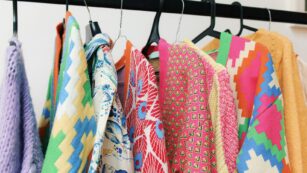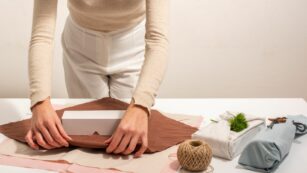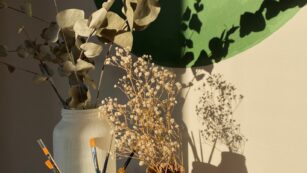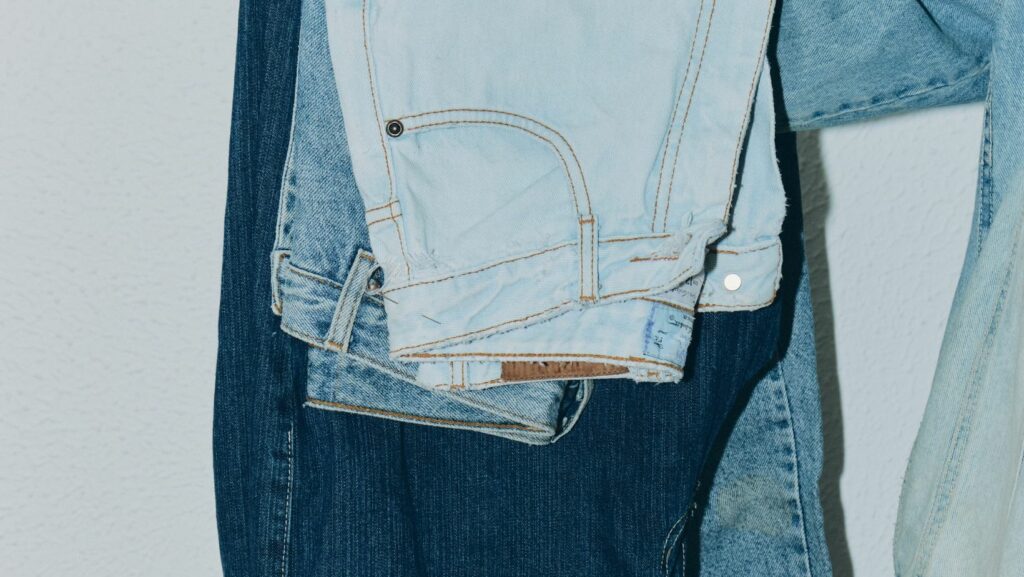In a world increasingly focused on sustainability, upcycling has emerged as a creative and eco-friendly solution to reduce waste. Upcycling sewing projects are transforming old or unused textiles into beautiful, functional items, breathing new life into forgotten fabrics. This trend not only helps the environment but also allows individuals to express their creativity and personal style.
The charm of upcycling lies in its simplicity and accessibility. With just a needle, thread, and a bit of imagination, anyone can turn an old t-shirt into a stylish tote bag or a pair of worn-out jeans into a chic apron. These projects encourage resourcefulness and innovation, making them perfect for both seasoned sewists and beginners looking to hone their skills.
Upcycling Sewing Projects
 Upcycling sewing projects offer a creative approach to sustainable fashion. Enthusiasts transform discarded textiles into unique pieces by altering, embellishing, or completely repurposing items.
Upcycling sewing projects offer a creative approach to sustainable fashion. Enthusiasts transform discarded textiles into unique pieces by altering, embellishing, or completely repurposing items.
Common Projects:
-
Old Jeans to Bags: Individuals convert worn jeans into sturdy bags or purses by cutting and sewing different sections together.
-
T-Shirt Quilts: People repurpose old t-shirts, often with sentimental value, into cozy quilts, preserving memories while reducing waste.
-
Dress to Skirt Conversions: Fashion lovers turn outdated dresses into modern skirts by removing the top and adding new waistbands.
Popular Techniques:
-
 Patchwork: This involves sewing small fabric pieces together, ideal for quilts and decorative home items.
Patchwork: This involves sewing small fabric pieces together, ideal for quilts and decorative home items. -
Embroidery: Crafters add intricate designs to garments, enhancing their aesthetic and prolonging their life.
-
Dyeing: Individuals use dye to refresh faded clothing, giving them a new lease on life with updated colors.
-
Sewing Machine: A fundamental tool for efficient sewing and detailed work.
-
Scissors and Rotary Cutters: Essential for precise cutting of textiles.
-
Threads and Needles: Necessary for assembling and finalizing projects.
These projects enable creativity while promoting environmental responsibility. They align with the growing desire to lessen textile waste through imaginative reuse.
Benefits of Upcycling Sewing Projects
Upcycling sewing projects offer noteworthy advantages that align with sustainable living and individual expression. They contribute positively to the environment, are cost-effective, and result in unique, personalized items.
Environmental Impact
 Upcycling sewing projects significantly reduce textile waste by repurposing discarded materials. According to the Environmental Protection Agency, millions of tons of textiles enter landfills annually. By transforming old garments into new creations, individuals decrease this volume and conserve resources that would otherwise produce new textiles. This approach supports eco-friendly practices and encourages responsible consumption.
Upcycling sewing projects significantly reduce textile waste by repurposing discarded materials. According to the Environmental Protection Agency, millions of tons of textiles enter landfills annually. By transforming old garments into new creations, individuals decrease this volume and conserve resources that would otherwise produce new textiles. This approach supports eco-friendly practices and encourages responsible consumption.
Upcycling proves financially beneficial, allowing creators to utilize existing fabrics instead of purchasing new materials. This method reduces the need to buy new clothes or items, leading to substantial savings. For example, transforming an old curtain into a fashionable bag eliminates the cost of a store-bought accessory. Individuals can also generate income by selling their upcycled products, adding another layer of economic value.
Upcycling fosters individuality through custom designs not found in mass-produced items. Each project reflects personal taste and creativity, making the resulting pieces truly one-of-a-kind. By using diverse techniques such as patchwork or dyeing, artisans add distinctive elements that enhance the aesthetic appeal and functionality of their projects. These unique items provide a platform for personal expression in fashion and home decor.
Popular Upcycling Sewing Projects
Incorporating upcycling sewing projects into daily life allows individuals to reduce waste creatively. Many popular projects transform common textile items into new functional products.
Denim Transformations
Denim offers durability, making it ideal for numerous upcycling projects. Creators often transform old jeans into stylish bags, aprons, or even patchwork rugs. Skilled sewers may add embroidery or decorative stitching to enhance the final product. Combining sections of different denim hues can create unique, eye-catching patterns.
T-Shirt Revamps
Old t-shirts can become quilts, cushion covers, or tote bags. Cut sections of varying prints or colors can form a vibrant quilt top. Beginners might try crafting simple tote bags, utilizing durable seams across the bottom and sides.
Pillowcase Repurposing
Pillowcases offer an excellent canvas for upcycling, often turned into dresses or aprons. By sewing ties or straps, pillowcases morph into children’s dresses with minimal effort. For functional use in the kitchen, adding a front pouch and neck strap creates a practical apron. Unique prints or embroidery increase the appeal of these easy transformations.

